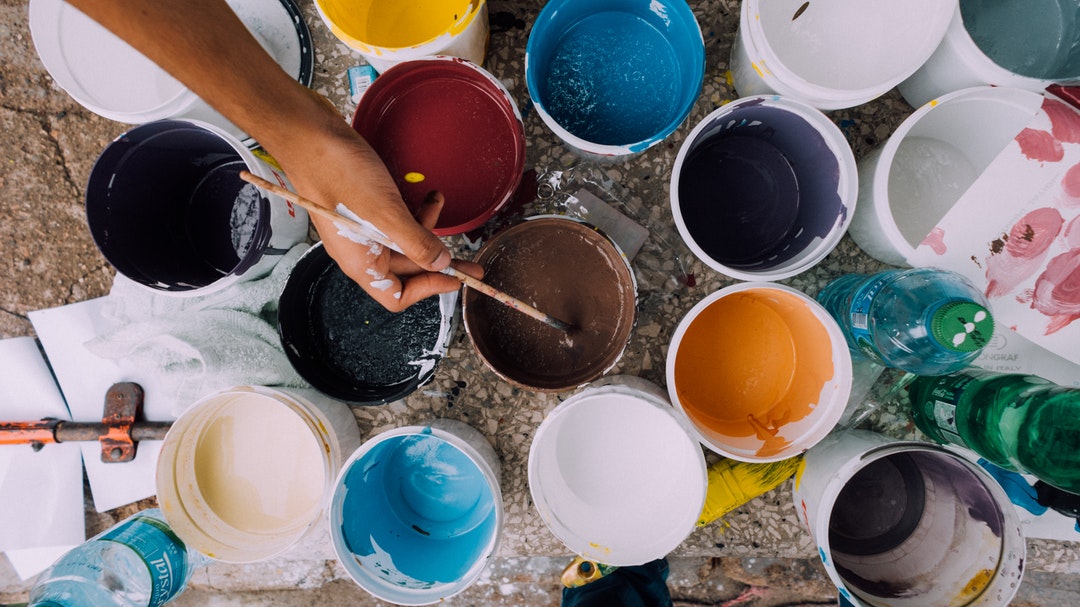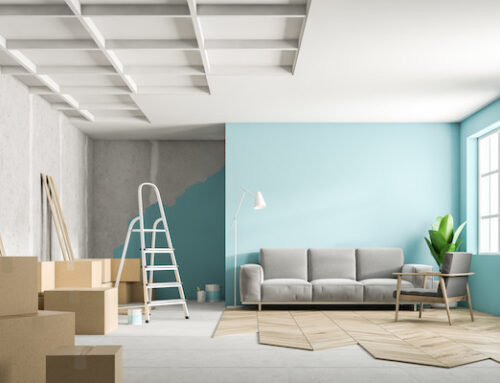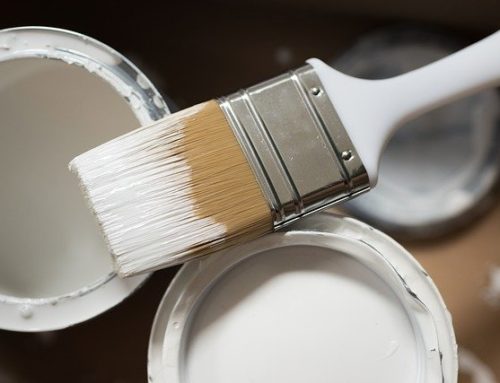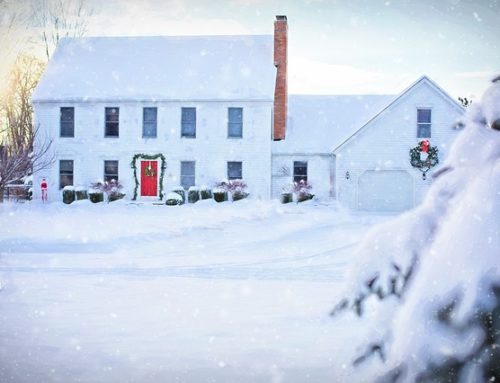The average American home measures about 2,500 square feet. This doesn’t leave much room for the individual rooms, with the average bedroom measuring 11 x12 feet and many even smaller at 10×10 feet. If you find yourself struggling with a small room, the best place to start is with the paint options.
Before hiring paint contractors, consider these interior paint color techniques for making the space feel larger.
Use Light Colors
White combines all colors so it reflects the most light. This makes it an ideal choice for small rooms because the more light reflected, the larger the space will feel. However, white can feel cold, sterile, and boring.
Instead, choose a light color. This will give you a similar effect as the white paint but soften the look with color.
Go Dark
A modern color theory trend is to embrace dark colors in a small space instead of light. The idea is to use interior house painting to create a cozy space. Choose a dark shade and then paint the entire room in that color.
Don’t be afraid to paint the ceiling too, if you want. The dark color will absorb the light, creating a void effect. Good colors for this effect are a warm maroon, deep navy, or rich emerald.
Color Drenching
Traditional rules of house painting state that you must stay within the lines. Don’t paint the baseboards, door molding, window frames, or crown molding. In addition, never paint the ceiling anything other than white.
However, the National Building Code (NBC) outlines that the average ceiling height for homes is eight feet. This can quickly feel like a low ceiling height when you choose a bold color that creates a harsh line at the top of the room. Instead, try color drenching.
With this approach, you will paint the molding and decorative framing the same color as the walls. Doing so creates the illusion that the wall is taller and the ceiling is higher than it is.
Color Blocking
Another approach that creates a visual illusion is color blocking. With this effect, have your professional house painters use two or three colors to paint the room.
A second option is to not limit yourself to the walls. Paint a large geometric shape that crosses from one wall to another or onto the ceiling. It could be a wide stripe that takes up the middle third of the wall and extends up and across the ceiling.
Doing this blurs the architectural lines of the room, helping it to feel larger.
Choose the Perfect Interior Paint Color
Create the illusion of a larger room by choosing an interior paint that works for you. Consider your planned interior design theme and personal taste when choosing a paint color. Perhaps a dark color is a perfect backdrop to creating your dream cozy nook.
Maybe you love a color, and color drenching lets you immerse yourself. Finally, a color blocking design is the perfect visual statement for someone who isn’t afraid to go bold.
Request a quote today for interior and exterior house painting from our exterior house painting contractors.







